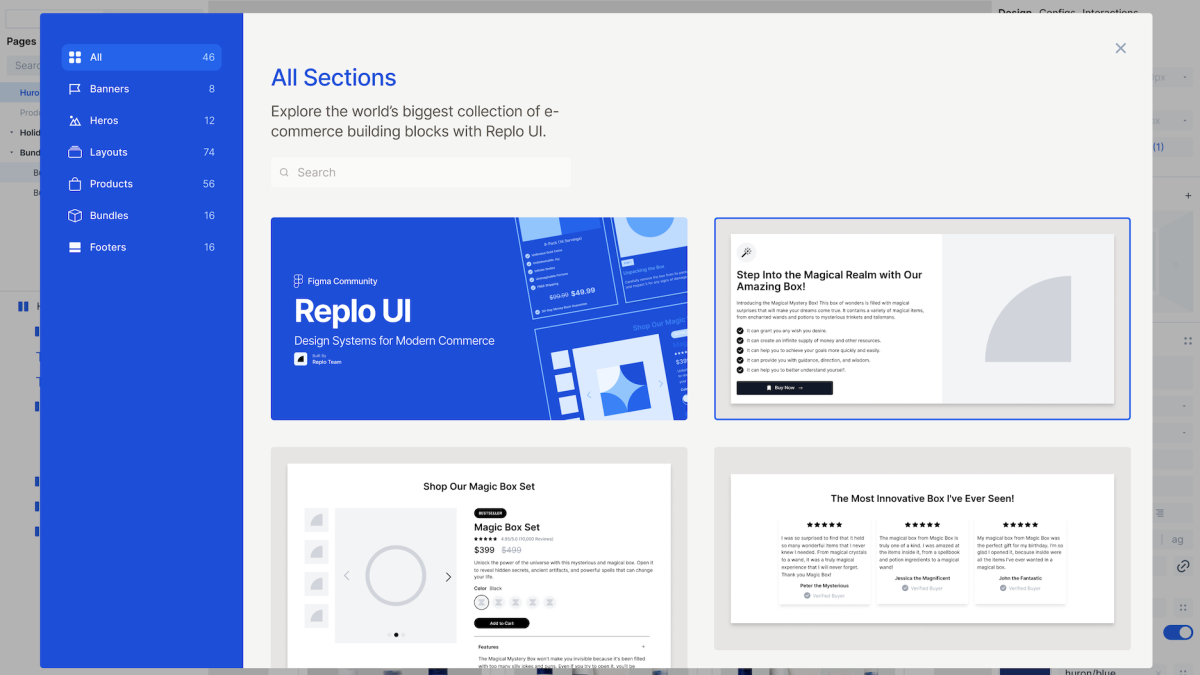Notion Mail offers AI perks – but skips a few crucial Notion features

Today, Notion announced the general availability of its free Notion Mail add-on to its wildly popular eponymous productivity dashboard. For those who have been hiding under a rock for the past five years or so, Notion is a digital environment that allows users to customize how they integrate notes, tasks, and databases into a very personalized workspace.
A little over a year ago, Notion acquired Skiff, a company that offered a number of privacy-focused tools, including mail, calendar, documents, and file storage. Notion Mail is based on the mail tool acquired from Skiff.
Also: Hate Apple Mail’s redesign in iOS 18.2? How to get your old inbox back
This continues Notion’s pattern of technology acquisitions that it uses to shore up its basic offerings. Two years earlier, Notion acquired Cron, which provided the company with calendaring software. The core of that acquisition is now found in Notion Calendar, another line extension of the Notion offering.
Both Notion Mail and Notion Calendar follow Notion’s freemium approach to SaaS licensing. You can use Notion, Notion Mail, and Notion Calendar for free, but if you want more storage or additional features, you’ll need to upgrade to more expensive licensed services.
Unlike Notion and Notion Mail, Notion Calendar does not offer an AI feature upsell. Notion has long had integrated AI built into the product. Notion Mail is launching with a number of interesting AI features as well.
Also: The top 20 AI tools of 2025 – and the #1 thing to remember when you use them
Unfortunately, Notion Mail does not integrate with Notion databases. While the interface appears similar, there’s no interoperability with Notion databases. So, while it might be nice to integrate Notion Mail into, say, a tech support database, that capability does not exist at launch. Notion hasn’t indicated whether database integration is a planned feature for a future release.
What is Notion Mail?
Notion Mail provides all the usual mail features, which means you can read messages, send messages, reply to messages, and so on. It uses the Gmail API interface, so whatever you do in Notion Mail is reflected in your main Gmail interface.
Also: 5 tools I trust to keep my online conversations private and anonymous
There are four big features that Notion is promoting that set Notion Mail apart from other email tools: smart labeling, custom views, a meeting scheduler, and the Notion writing interface with slash commands.
Smart labeling
Smart labels use AI to help you create labels based on emails that are coming into your inbox. You can click the Auto Label button, and Notion Mail will present you with a number of sorting and cataloging choices from which you can choose an action. It appears that Notion then sets up its own AI-based filter for selecting and sorting emails from any smart label you create.
This may offer the main feature I’ve long wanted in Gmail: the ability for AI to distinguish classes of email based on a prompt.
For example, I’d love to have Gmail put all press releases into one folder, distinguished from other promotional materials. It would be even better if, based on the content of the incoming message, it could put AI-related releases in one folder, AR/VR-related releases in another folder, and all other press releases in a third.
Also: 5 simple ways to regain your data privacy online – starting today
If it works, and if it’s possible to do this with the thousands upon thousands of messages I have, it would be an enormous time saver.
Is this possible in Notion Mail? I don’t know yet. You’ll have to stay tuned for whenever Notion Mail will remove its unfortunate email address restriction.
Custom views
One of Notion’s greatest strengths is its ability to create custom views into database tables. These allow you to format, isolate, and focus on important information for each view.
It appears that Notion Mail has implemented Notion-style views in mail. This, depending on how flexible and powerful it is, might allow for some very interesting email processing and management workflows.
Meeting scheduler
If you want to set up a meeting, you can use the meeting scheduler to embed a calendar in an email invite. This allows users to choose times that they can meet, taking into account open times on your calendar.
Also: 8 MacOS apps I can’t live without – and why
This feature exists in a lot of add-ons, but building it right into email could be a nice time-saver.
Notion writing environment
Email messages can be written using the same editing environment found in Notion. In fact, I’m writing this article in Notion right now.
Notion supports a slash syntax, where you type a slash and then choose a format (like /h3 which produced the heading above). It’s fast and convenient, but occasionally gets in its own way. That said, I spend at least four to eight hours every day in the Notion writing environment. I’m generally quite comfortable with how it works.
It starts off free
Notion Mail starts off free, just like Notion Calendar and the main Notion product itself. There are some limitations to the free version, which is why some serious users have upgraded to the Plus, Business, or Enterprise plans.
You don’t need to upgrade to one of those plans if you want to use the AI features with Notion Mail. But after a week’s trial, you will need to pay $8 per month per user to use Notion AI, whether you’re using a free plan or not.
Also: This quick Mac tip will save you lots of clicks over time. Here’s how
For Plus plan users and above, this could get costly pretty quickly.
My initial experience trying Notion Mail
Notion Mail is essentially a front end to Gmail. When you start using it, you’re asked to connect with Google.
From there, you’ll be presented with the usual sign-in with Google prompt, which links your Gmail to your Notion Mail.
Then, you’ll be asked to give Notion a wide range of permissions. Here, I only allowed it to have email permission, which seemed like more than enough.
Also: This simple Gmail trick gave me another 15GB of storage for free – and I didn’t lose any files
I understand that for Notion Mail to provide an easier-to-manage front end to my Gmail, it needs to see my Gmail. But still, it doesn’t make me particularly comfortable giving away that kind of access. Worse, Notion refused to allow me to use Notion Mail until I gave it all the permissions it requested.
To be honest, I see no reason Notion Mail needs access to all my contacts. And since I’m not using Notion Calendar, I see no reason I should have to give Notion Mail access to my Google Calendar.
But, since I’m doing this for you folks reading this, I gave Notion everything it asked for.
Also: Five reasons why email will never die
Sadly, I immediately hit another wall. I log into my Notion account using my primary corporate email address, but Notion Mail wanted my Gmail address. Since they are two different things, I appear to be blocked from using Notion Mail, at least for now.
I had intended to show you how Notion Mail worked with my Gmail, but that’s not in the cards for today. I’m sure I can eventually get the Notion folks to help me connect my Gmail, even though I log into Notion using my main email address, but that won’t happen in time for this article’s deadline.
Since I’d rather not leave Notion Mail with the broad range of permissions I had to grant it in my attempt to use it with my Gmail account, I pointed my browser to and removed all permissions assigned to Notion Mail. I figure that if it won’t let me have access, I won’t let it have access either.
So, let’s just move on. I can’t yet demo these features. In the meantime, I have been in touch with the Notion team, so I can share some useful information to at least get you started.
Is this the mail client you’ve been waiting for?
I’m not sure. If it can go beyond the limits of email filters and rules and manage mail based on context rather than string matching, it could prove to be a boon for overwhelmed email users.
The ability to rearrange your mail environment with custom views might also prove helpful, but Notion itself is often limited in how custom it’s willing to get. For example, while you can assign colors to certain objects in Notion, the app only allows a small set of fairly pastel colors, and that’s it.
Outlook, by contrast, has long had formatting rules that can parse messages and format them in terms of color and font based on some text-matching requirements. That doesn’t exist in Gmail, and it definitely doesn’t exist in Notion Mail.
Also: How to remove software from a Mac – and why you should do so regularly
I was surprised that Notion Mail doesn’t connect to Notion. Yes, the interface looks similar, but there’s no data sharing between the two. I would have expected that Notion’s very powerful database capabilities would have provided the underpinning to Notion Mail, but that’s not how it works. There is so much potential for a true linkage between an email client, a database-aware AI, and Notion’s database flexibility, that the absence of any connection is a big swing and a miss.
And, of course, there’s the weird situation where Notion Mail won’t work if your Notion account login is an email address other than your Gmail address. That has to be a bug, and I’m sure it will be resolved eventually.
I have to say that this release disappointed me. From the inability for it to be able to handle my corporate email address login ID to lack of connectivity to what makes Notion Notion, Notion Mail is more promise than value right now. I can see the potential, but whether Notion Mail eventually lives up to that potential is a question we’ll have to examine at some point in the future.
For now, I’m sticking with my tried-and-true Gmail client.
Have you tried Notion Mail yet, or are you considering it? Do you think its smart labeling and custom views could actually change how you manage your inbox? How important is full integration with Notion databases to you? And what’s your take on the Gmail-only access and required permissions? Is that reasonable or a dealbreaker? Let us know in the comments below.
Get the morning’s top stories in your inbox each day with our Tech Today newsletter.
You can follow my day-to-day project updates on social media. Be sure to subscribe to my weekly update newsletter, and follow me on Twitter/X at @DavidGewirtz, on Facebook at Facebook.com/DavidGewirtz, on Instagram at Instagram.com/DavidGewirtz, on Bluesky at @DavidGewirtz.com, and on YouTube at YouTube.com/DavidGewirtzTV.




